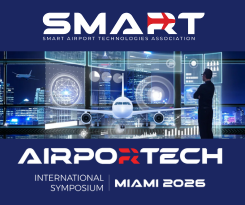
Colorado’s smart cities alliance to broaden AI focus with new member
16 January 2025
by Jonathan Andrews
A company specialising in AI-driven solutions has joined the Colorado Smart Cities Alliance (CSCA) which will bolster the group’s delivery of AI applications tailored to urban environments.
Nureal.ai leverages advanced artificial intelligence, including digital twins, and machine learning applications to help organisations, like cities, healthcare companies and manufacturers, optimise operations in real-time.
The alliance – a state-wide, multi-jurisdictional collaboration of public, private, and academic leaders – said that Nureal.ai will help members accelerate the adoption of innovative solutions.

“Nureal.ai is a prime addition to the alliance because of its ability to leverage AI for digital twin applications and predictive analytics—key components in advancing Colorado’s vision for more resilient and citizen-centred communities,” said Tyler Svitak, Executive Director of the CSCA.
In addition to its membership in CSCA, Nureal.ai is an active member of the Digital Twin Consortium (DTC), participating in working groups that focus on integrating AI with digital twin technologies.
By combining insights from CSCA and DTC, Nureal.ai said it wants to boost predictive analytics, streamline operations, and enhance decision-making processes for city planners and organisations worldwide.
“Joining the CSCA is a significant milestone for [us],” said Chris Medina, CEO at Nureal.ai. “As Denver locals, we look forward to closely collaborating with city officials and alliance members to safely integrate AI into public infrastructure, from predictive maintenance to civic resource optimisation, ultimately shaping the future of smart city capabilities.”
Formed in 2017, the CSCA has over 65 smart city initiatives throughout the state of Colorado.
Image: Dzmitry Auramchik | Dreamstime.com









